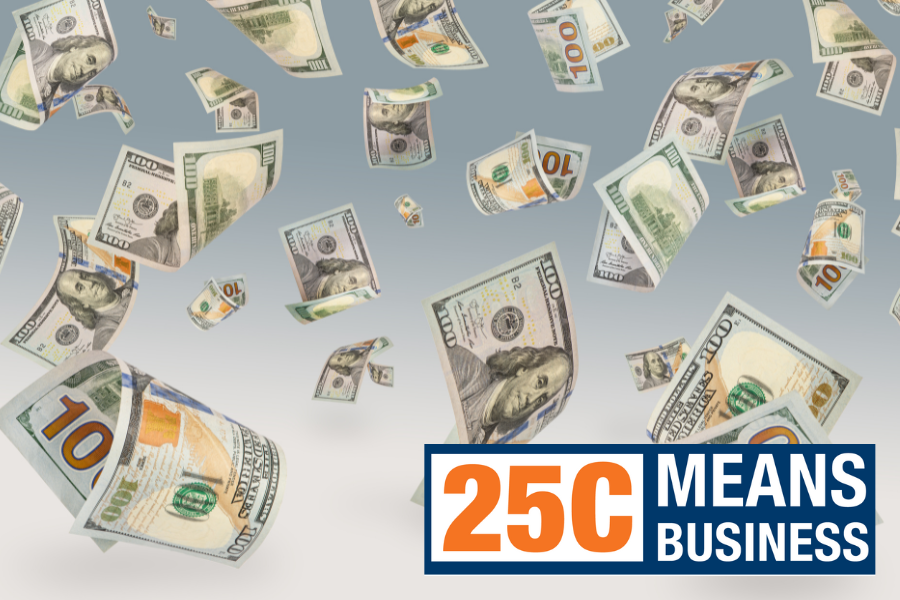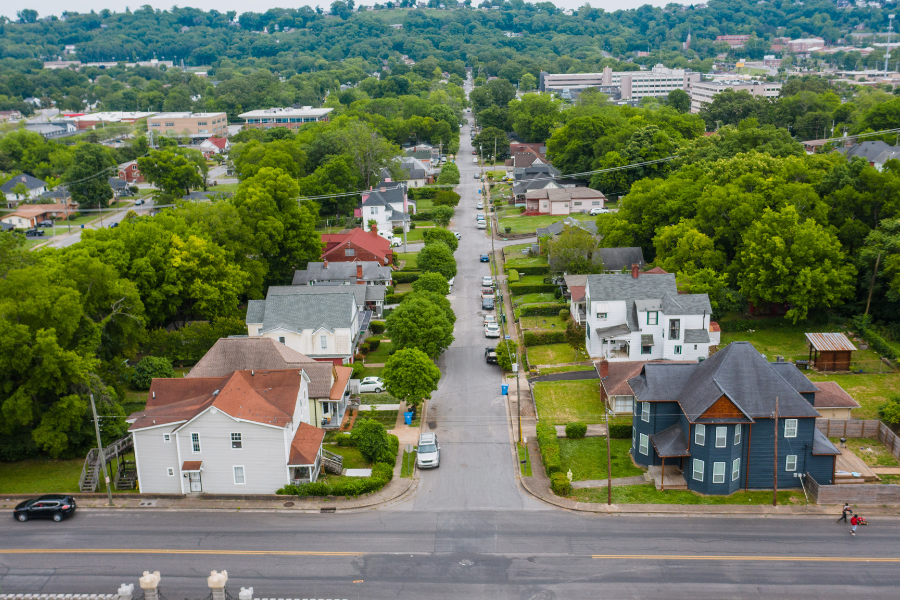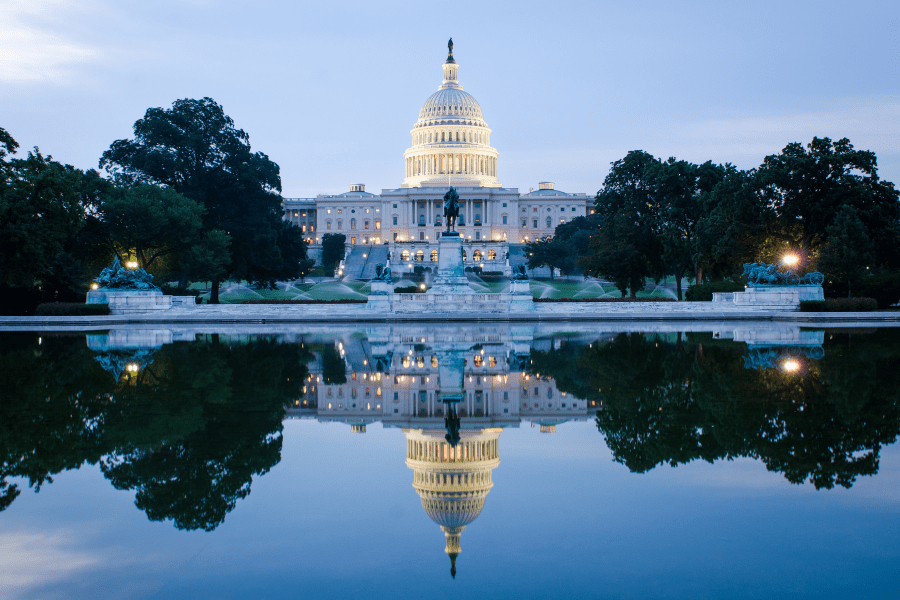Aug 13, 2025
The Race to Use 25C Before It Ends
The time is now for homeowners to make necessary air sealing and insulation improvements to their homes.
By: Stacy Fitzgerald-Redd
The clock is ticking on the 25C Energy Efficient Home Improvement Tax Credit, which now expires on December 31, 2025, due to early termination by the One Big Beautiful Bill Act (H.R. 1). Energy efficiency advocates, including the North American Insulation Manufacturers Association (NAIMA) and Building Performance Association (BPA), are urging homeowners to use it before it ends. New data confirms that there couldn’t be a better time for homeowners to make necessary air sealing and insulation improvements to their homes.
Now’s a Good Time to Act
The 25C tax credit provides a tax credit up to $1,200 for insulation and air sealing measures and up to $2,000 for heat pumps, heat pump water heaters, and other qualifying energy efficient equipment. Nationwide, U.S. households have watched their electricity prices increase 13% on average between 2022 and 2025, according to the U.S. Energy Information Administration (EIA). Add to that worsening heat waves and more destructive storms that take out power in large areas of the country, and the need to retrofit homes with improved insulation is clear. It is one of the simplest, most cost-effective ways for consumers to reduce energy costs and usage, improve home comfort, increase indoor air quality, and save money.

Contractors Get It and Homeowners Are Responding
Since NAIMA partnered with Energy Circle last year to develop the 25C marketing campaign for insulation contractors, nearly 300 businesses have signed up to receive free marketing support for the 25C tax credit. In light of the sunset of the tax credit, all of the contractor marketing materials for the campaign have been updated with new urgency for consumers to act by retrofitting their homes with air sealing and insulation by the end of the year and taking advantage of the $1,200 federal tax credit.
Each year, between 1.2 and 1.5 million homeowners add insulation to their homes, according to the Residential Energy Consumption Survey conducted by EIA. Yet just shy of 670,000 homeowners claimed the home insulation tax credit in 2023. This fact alone demonstrates why the marketing campaign with contractors was critical to raising awareness of the credit, since 89% of U.S. homes are under-insulated, and energy costs are skyrocketing across the country. Additionally, electricity demand will increase by 25% by 2030, putting more cost constraints on homeowners as detailed by ICF analysis.
What Happens When the Credit Ends?
Energy efficiency advocates nationwide remain committed to advancing policies that increase grid reliability, cut energy use, and save consumers money. As 25C ends, NAIMA remains focused on promoting air sealing and insulation retrofits as the single most effective way to achieve home energy efficiency for Americans. These activities are particularly essential for low-income homeowners, as they spend a greater percentage of their income on utility bills (8.1% of income compared with 2.3% for all homeowners).
In the absence of policy support for 25C, the entire energy efficiency community remains deeply committed to ensuring that efficiency is kept top-of-mind for policymakers.
For more information about the 25C Energy Efficient Home Improvement Tax Credit, please see this fact sheet from BPA.






